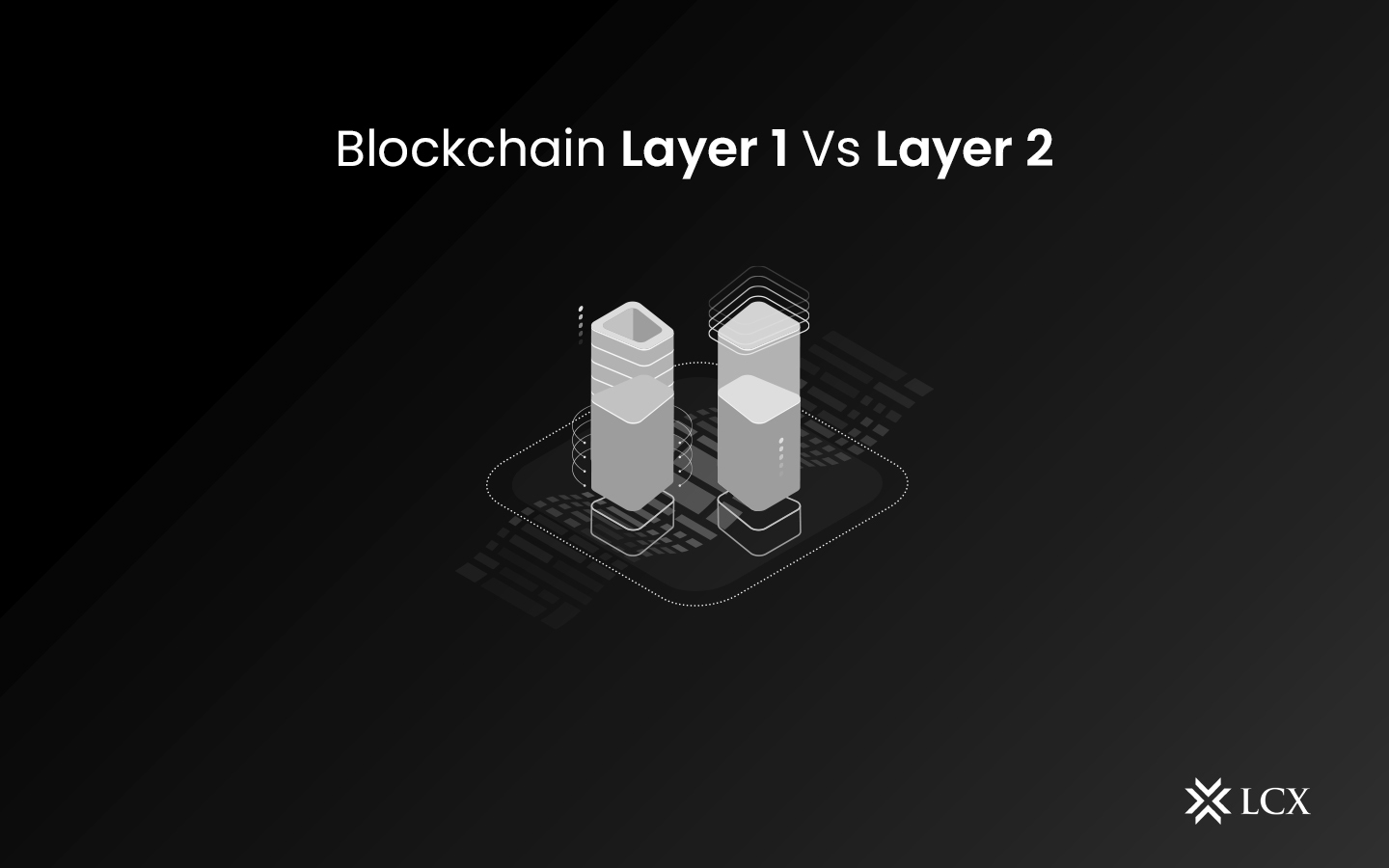The term “scaling” in blockchain technology refers to an increase in the system throughput rate, as determined by the amount of transactions performed per second. With the increasing usage of cryptocurrencies in everyday life, it is now essential to construct blockchain layers for improved network security, recordkeeping, and other purposes. The blockchain is the first layer in a decentralized ecosystem. Layer 2 is a third-party incorporation blended with Layer 1 to boost the amount of nodes and, as a result, system throughput. Many Layer 2 blockchain solutions are currently being implemented. Smart contracts are used in these solutions to automate transactions.
Why Is Scalability Important?
Blockchain technology provides numerous benefits, including increased security, improved recordkeeping, and hassle-free transactions. However, scalability remains a major concern, prompting debate over whether layer 1 or layer 2 is preferable in discussions about new blockchain networks. Every blockchain network uses a decentralized system to complete transactions in stages.
The various steps needed for blockchain transactions frequently consume a significant amount of time and processing power. Consider a blockchain network that is clogged with transactions that are stacked one on top of the other. In such cases, the application is unable to fulfill all transaction requests from all users, resulting in inequity in user experience. As a result, it is clear that scalability is a key necessity for the future of blockchain networks.
Layer-1 vs Layer-2
The term “Layer-1” refers to the basic main blockchain architecture. Layer-2, on the other hand, is a network that appears at the top of the underlying blockchain. Consider the Lightning Network and Bitcoin. Bitcoin is a layer-1 network, whereas the lightning network is a layer-2 network. Now that we’ve established the fundamental distinction, let’s take a look at the layer-1 and layer-2 solutions that businesses are actively developing. We’ll begin with layer-2 solutions.
Layer 2- Scaling Solutions
To improve efficiency, Layer 2 blockchain works on the native layer. Layer 2 effectively offloads transactions by transferring a portion of Level 1 blockchain’s transactional burden to another system architecture.
The processing load is then handled by the Layer 2 blockchain, which reports to Layer 1 for result finalization. Because this adjacent auxiliary architecture handles the majority of the data processing load, network congestion is reduced: not only is the Layer 1 blockchain less congested, but it is also more scalable.
Bitcoin’s Lightning Network is an example of a Layer 1 blockchain, while the Lightning Network is a Layer 2 scaling solution that at the same time takes the load from Bitcoin and reports to it. As an outcome, the Lighting Network speeds up the Bitcoin blockchain’s processing. Furthermore, the Lightning Network integrates smart contracts into the Level 1 Bitcoin blockchain.
Layer-1 Scaling Solutions
A Layer-1 network is a blockchain in the decentralized ecosystem, whereas a Layer-2 protocol is a 3rd incorporation that could be used in combination with a Layer-1 blockchain. Layer-1 blockchains include Bitcoin, Litecoin, and Ethereum. Layer-1 scaling solutions improve scalability by supplementing the blockchain protocol’s base layer. A number of methodologies are continuously being built – and implemented – to directly enhance the scalability of blockchain networks.
This is how it works: Layer-1 solutions alter the protocol’s rules directly in order to increase transaction capacity and speed while accommodating more users and data. Layer-1 scaling solutions may include increasing the amount of data in each block or speeding up the rate at which blocks are confirmed in order to enhance complete network throughput.
What is the difference between Layer 1 and Layer 2 Blockchain Solutions?
| Criteria | Layer 1 | Layer 2 |
| Definition | Layer 1 scaling solutions are changes to the blockchain network’s base protocol that improve scalability. | To improve scalability, layer 2 scaling solutions make use of off-chain services or networks. |
| Working | Changes to the base protocol, like bigger block sizes or new consensus mechanisms, can facilitate scalability. | Off-chain solutions improve scalability by sharing the transaction ordering and processing workload. |
| Types |
|
|
Conclusion
The most significant impediment to the widespread adoption of cryptocurrencies is scalability. To ensure that cryptocurrencies are scalable and quickly enough during the day transactions, we need protocols designed specifically to address this issue.









